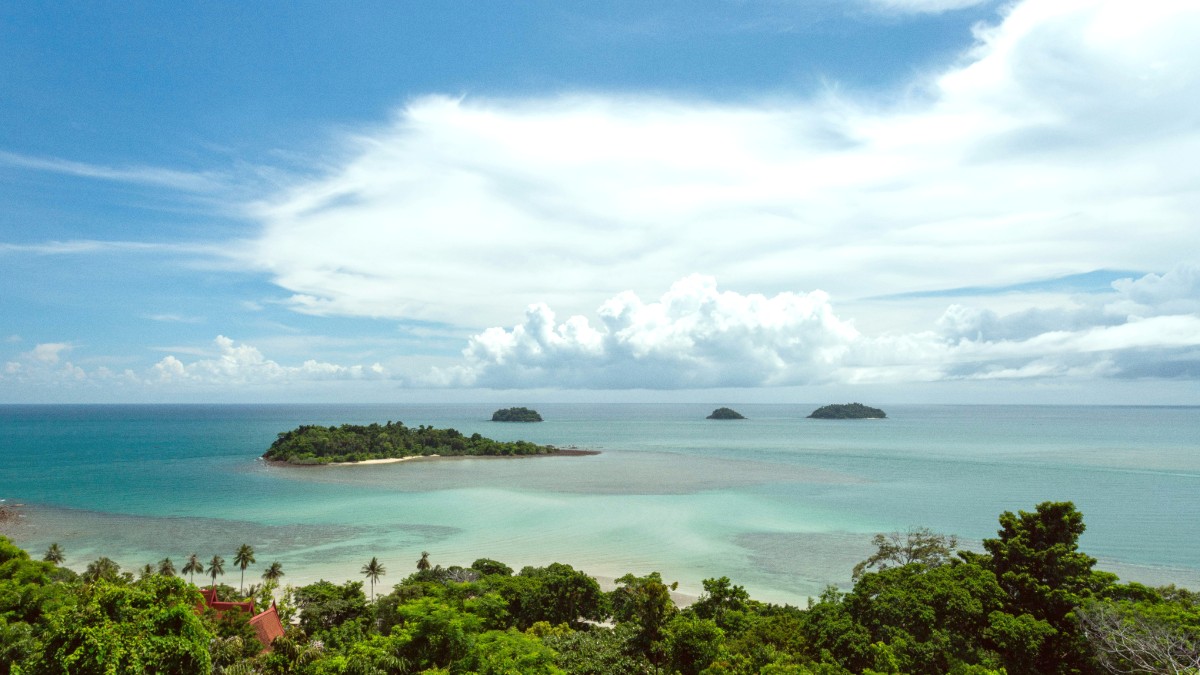
Mindanao, Philippines
Filipino cuisine is a fusion of Malay, Spanish, Chinese, and American influences. On Siargao, fresh seafood dominates the local diet, reflecting the island's strong connection to the ocean.
Traditional cooking methods are widespread, alongside modern adaptations that cater to the diverse palates of tourists. Coconut is a staple ingredient, seen in many savory and sweet dishes, often as coconut milk or fresh coconut meat.
Siargao's cuisine broadly matches other parts of Mindanao.
A strong focus is on fresh catch from the surrounding waters.
Local specialties often incorporate more coconut, reflecting the island's abundant coconut groves. Simplicity and fresh ingredients often define the best dishes.
This Filipino ceviche a taste. It typically presents fresh raw fish (often tuna or tanigue) marinated in vinegar, calamansi juice, ginger, onions, and chili.
Look for it at local restaurants or beachfront eateries that serve fresh seafood.
The national dish of the Philippines. It consists of meat (most commonly pork or chicken) stewed in vinegar, soy sauce, garlic, and peppercorns until tender and flavorful.
You find adobo at almost any local eatery.
A sour and savory soup or stew. It usually contains pork, beef, shrimp, or fish, along with various vegetables, and is soured with tamarind.
This meal is popular throughout the country.
Deep-fried bananas or sweet potatoes coated in caramelized brown sugar.
Deep-fried quail eggs coated in a bright orange batter. Served on skewers, often with a sweet and spicy dipping sauce.
Fine dining establishments are few on Siargao. Some upscale resorts, like Nay Palad Hideaway or Harana Surf Resort, present refined dining experiences with international menus.
General Luna holds many mid-range restaurants, with a mix of Filipino, Western, and Asian cuisines.
Carinderias (local eateries) offer pre-cooked Filipino dishes in a cafeteria style. They are very affordable and present an authentic taste of local food.
General Luna has a diverse culinary scene due to international tourism.
Find Italian, Mexican, Japanese, vegan, and healthy eating options, serving a wide range of tastes.
General Luna Public Market is a good place for fresh seafood and produce. The Night Market in General Luna occasionally has informal food stalls.
Dapa Public Market is larger with more local goods.
Typically between 6:00 AM and 9:00 AM.
Served from 12:00 PM to 2:00 PM.
Usually between 6:00 PM and 9:00 PM.
Mid-morning or mid-afternoon snacks are common.
Online forums and Facebook groups for Siargao travelers frequently present recommendations for places catering to specific dietary needs.
Join Siargao Travel Facebook groups for current tips.
Inform your accommodation ahead of time if you have strict requirements.
This early communication makes your stay smoother.
While specific to festivals, the abundance of fresh seafood and tropical fruits (mangoes, pineapples, bananas) appears seasonally.
Tipping is not a requirement but is met with appreciation.
A traditional Filipino communal eating experience. Food is set on banana leaves and eaten with hands. Some resorts or local tours arrange this for groups.
Many places present an option to grill your freshly caught or purchased seafood, often right on the beach.
Local barangay (village) fiestas frequently present communal meals and local delicacies. These events present a chance to experience authentic Filipino food and hospitality.
Some local guesthouses or specialized tour operators might present informal cooking classes, especially for Filipino dishes.
A chance to learn local culinary techniques.
While not widely formalized, private food tours can sometimes be arranged to explore local markets and eateries.
Discover hidden culinary gems with a local guide.
Use basic Bisaya phrases; locals appreciate the effort.
Communicate clearly, use a translation card if needed.
Not mandatory, but appreciated for good service.
Meal times and snacks often appear throughout the day. Merienda, mid-morning or mid-afternoon snacks, frequently range from small pastries to savory street food.